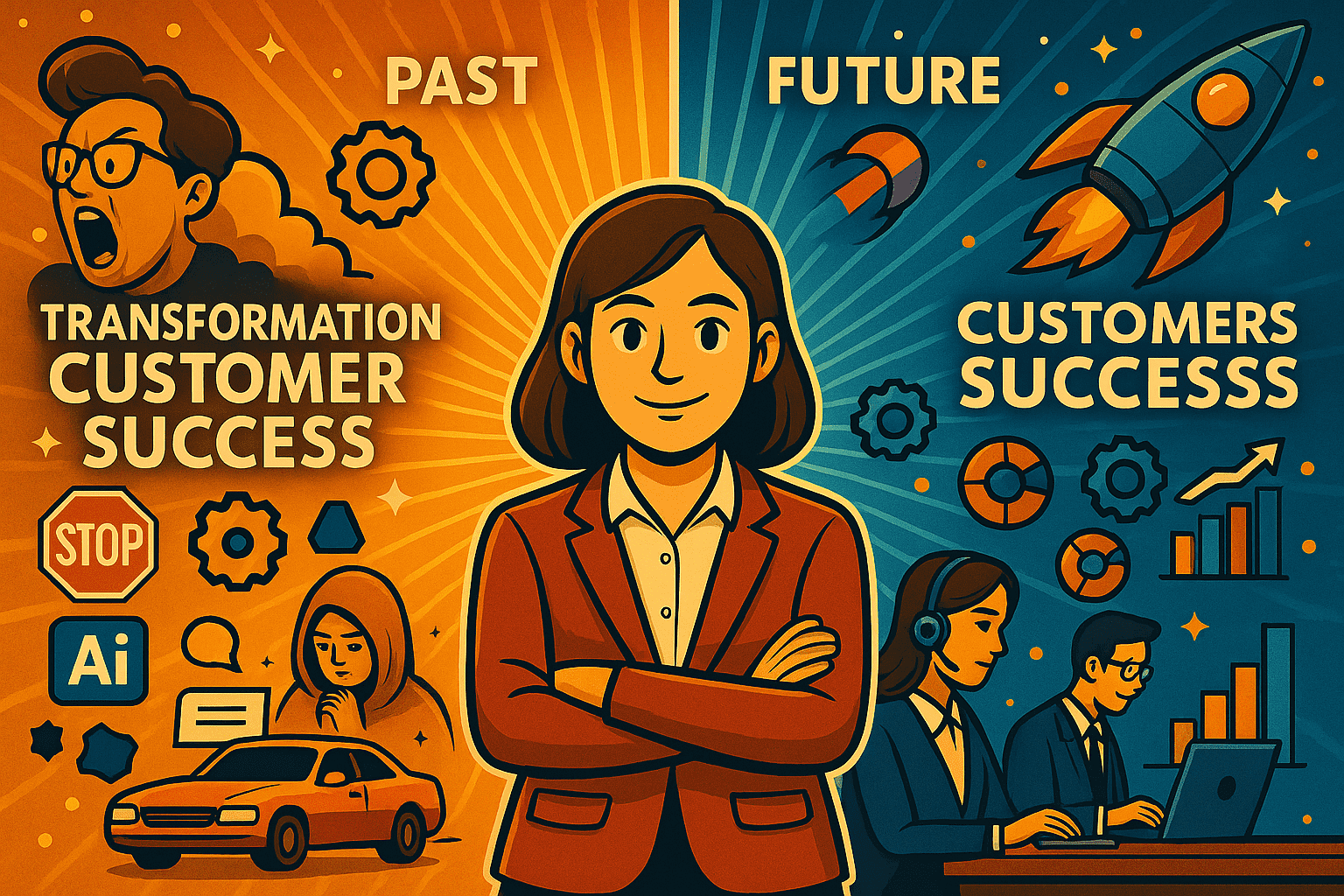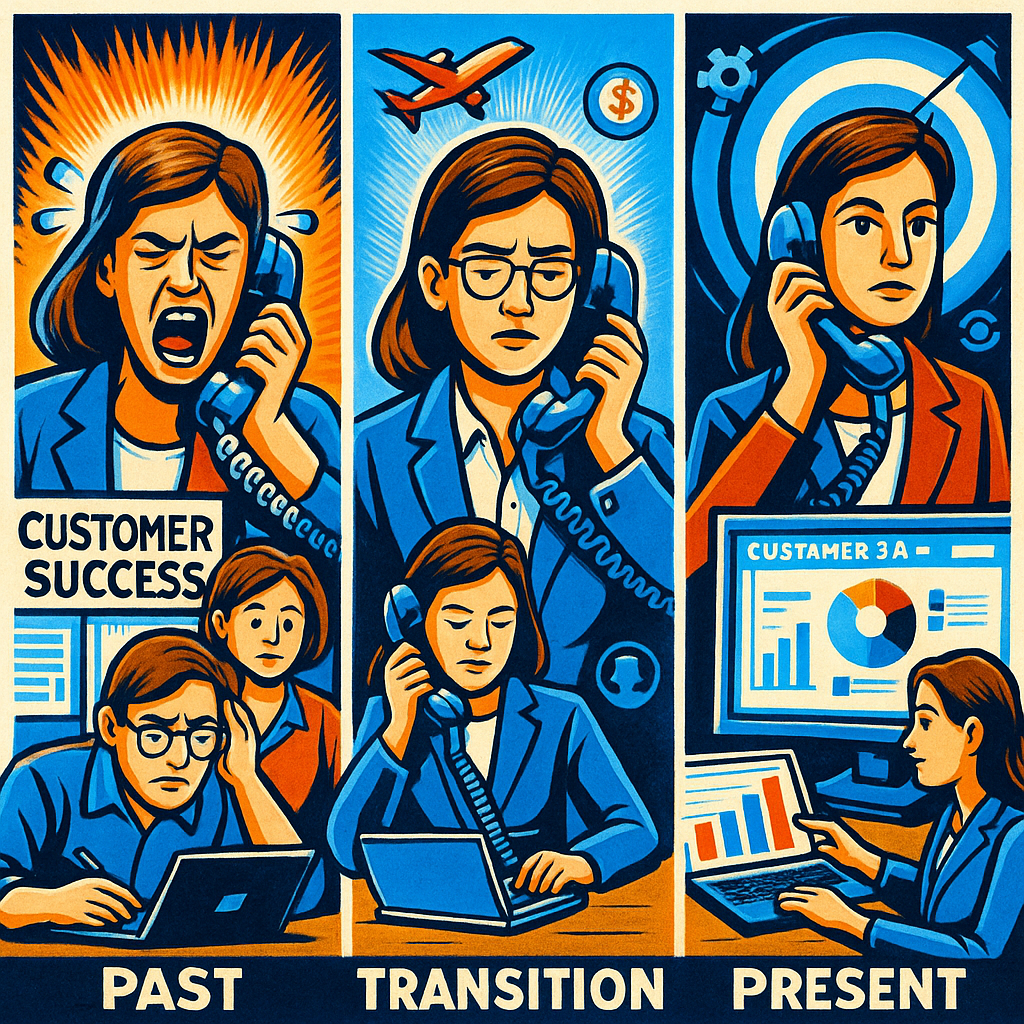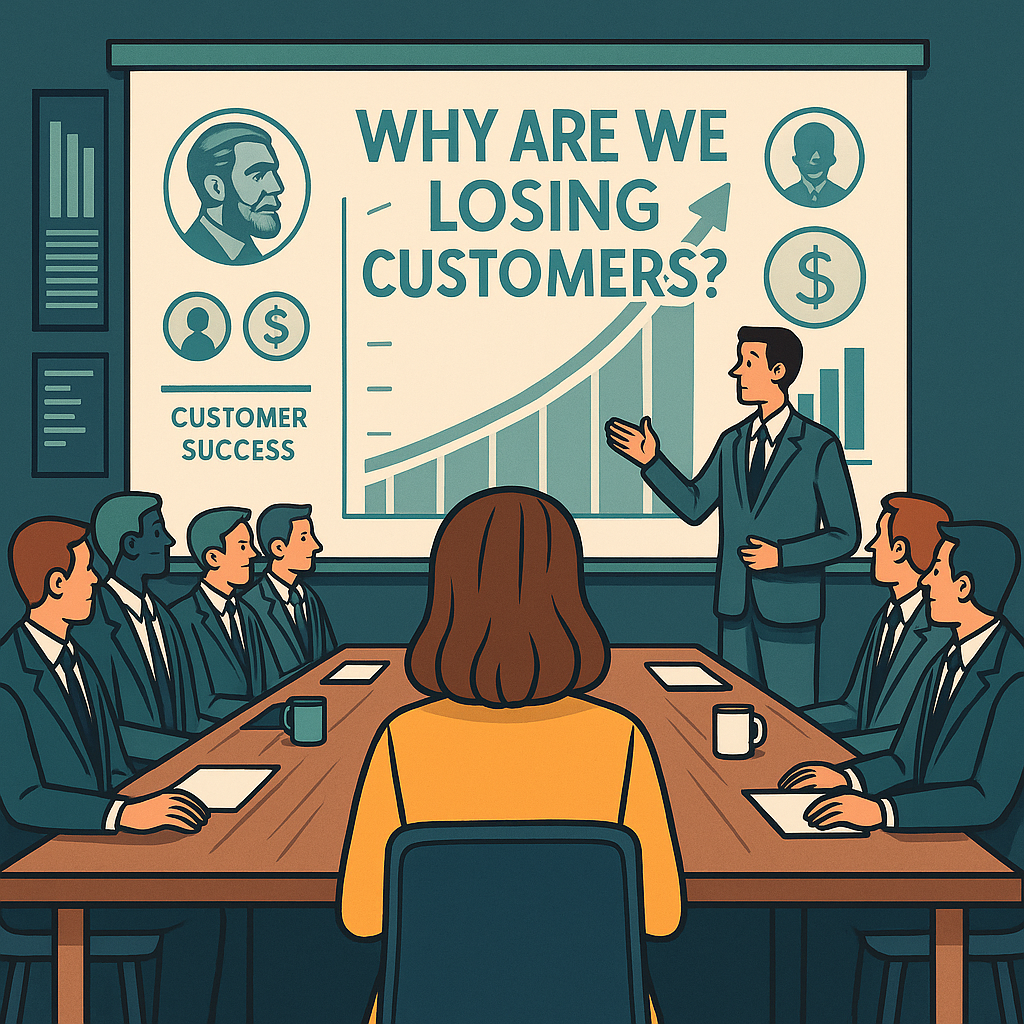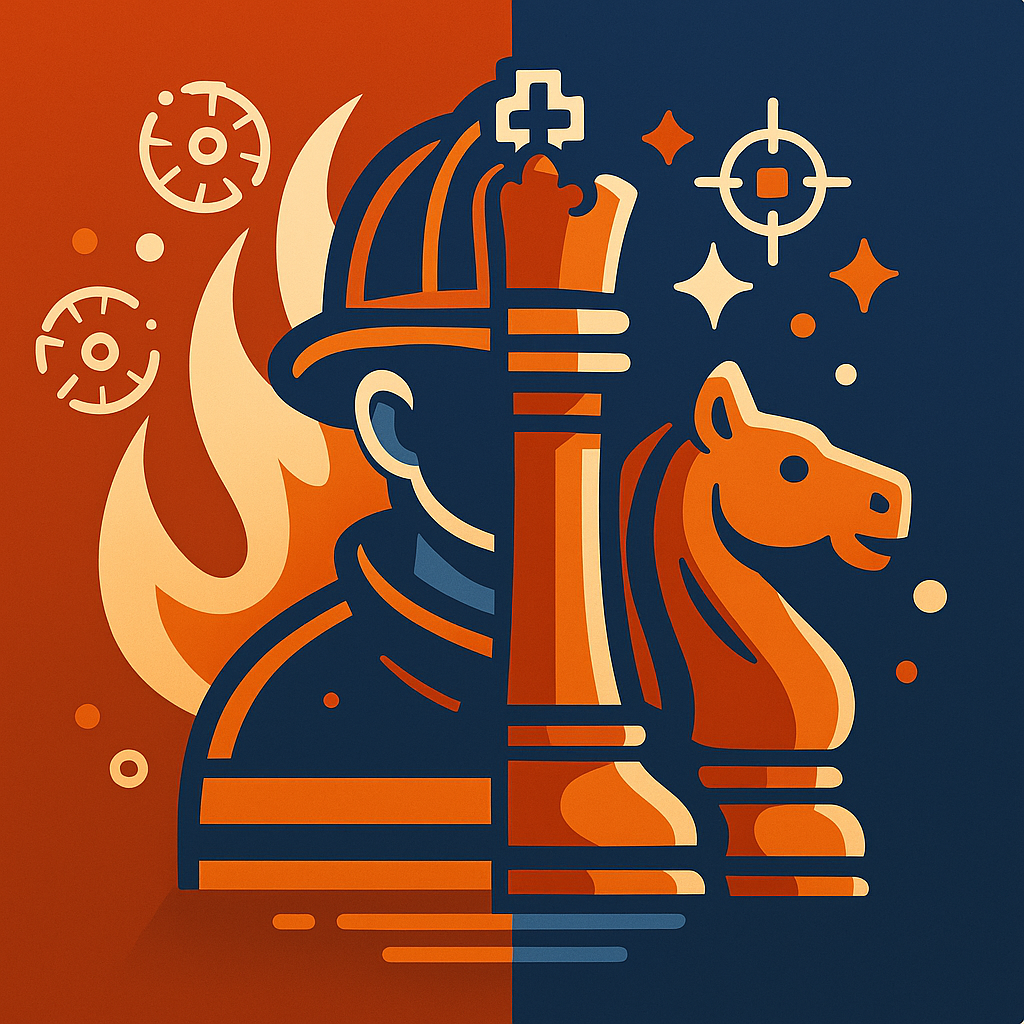
Past and future: the (R)evolution of CSM
A few years ago, during a meeting with the Customer Success team, a colleague said: “Our job is to prevent customers from leaving.”
I paused for a moment. Something didn’t sit right. That phrase didn’t resonate with me.
Is my entire impact and dedication just about stopping customers from leaving? Why can’t we create value so they want to stay? 🤔
That moment sparked my curiosity, and as I dug deeper, I discovered something crucial: Customer Success was evolving. If we didn’t focus on delivering value, we would become obsolete.
Today, this is the reality: Customer Success is no longer just enhanced support—we are a critical driver of business growth.
🎖️ If you’re a CSM, you’re the bridge between the customer and the future of your company.
🎖️ If you lead a CS team, you have the power to transform how business is done.
But getting here hasn’t been easy. We’ve transitioned from crisis managers handling tickets and firefighting to growth strategists and trusted consultants delivering tangible value.
Now, the big question is: How do we prepare for what’s coming? 🚀
🌐 Brief history of Customer Success: From quick fix to strategic pillar
1996: The Software Boom
Tech companies were thriving. Million-dollar contracts were signed, and sales teams celebrated every new deal with champagne.
The market was exploding with opportunities, and it seemed like the future belonged to those who could sell the most.
Then, the calls started pouring in:
📞 “I don’t understand how this works.”
📞 “I can’t get any value from the platform.”
📞 “I can’t get any value from the platform.”
No one had anticipated that selling wasn’t enough. If customers couldn’t successfully use the product, they would leave.
🐣 And so, Customer Success was born—not from strategy, but from survival.
👉🏽 Key milestones:

- 1996 – Vantive creates the first Customer Success team to help clients adopt its CRM. It was a reaction, not a strategy.
- 2005 – Salesforce builds a ustomer Success team because its monthly churn was threatening the business. Customers were signing up, but many were canceling almost immediately.
- 2010 and beyond – SaaS companies like HubSpot and Gainsight embrace CS, but now as a core business strategy.
What started as a damage control initiative became a pillar of sustainable growth in SaaS.
🏢 Why did more companies adopt it?
Once Salesforce proved its success, the model spread rapidly—for one key reason: profitability.
- Acquiring a new customer costs 5x more than retaining an existing one.
- Satisfied customers spend up to 30% more through expansion and upsell.
- Churn kills businesses. Companies like Zoom and HubSpot grew because they mastered retention and expansion.
💡 Today, companies that don’t see Customer Success as a strategic investment are losing money every day.
🔮 The furutre of Customer Success: 2025 and beyond

According to Gartner, Medallia, Zendesk, and Datacom, the future of Customer Success will include:
- AI integration in Customer Experience. By 2028, 70% of service interactions will be resolved by AI assistants without human intervention.
- A single communication channel. 30% of Fortune 500 companies will provide support exclusively through an AI-powered channel.
- Increade fraud attempts. Fraud in Customer Support will increase by 300%, requiring companies to rethink security measures.
🏋🏽♂️ How do we prepare for this shift?
- CSMs must master AI and automation** to become more strategic.
- Human interactions will be more specialized and high-value.**
- Companies must strengthen customer security and authentication.**
The question is no longer IF AI will change CS, but HOW we will use it to our advantage.
🎯Strategic plan for the paradigm shift
👩🏼🚀 Shifting CS from support to growth strategy
- Align Customer Success KPIs with revenue metrics (expansion, upsell, cross-sell).
- Implement a model based on advanced Customer Health Scores.
- Build a hybrid team that speaks both business and customer experience languages.
👩🏼🚀 AI & DATA-DRIVEN CS: Leverage AI, don’t compete with it.
- Deploy AI copilots to help CSMs manage larger portfolios (like those from Zendesk, Salesforce, and Gainsight).
- Automate repetitive processes (renewals, ticket management) so teams can focus on strategic relationships.
- Use predictive analytics to detect at-risk customers before warning signs appear.
👩🏼🚀 Security & trust: the new competitive edge
- Fraud will increase 300%—implement advanced authentication to protect customers.
- Train CSMs in fraud detection and digital security.
👩🏼🚀 Expansion & Monetization of Customer Success
- Foster a culture where CS drives account expansion alongside sales.
- Develop a Revenue Alignment model that integrates retention and expansion into team OKRs.
👩🏼🚀 The end of multichannel: the future is a single interaction platform
- By 2028, 70% of service interactions will happen through AI-powered assistants.
- Customers will interact with a single multimodal AI, reducing channel fragmentation.
- CS teams will specialize in strategic interventions, not routine interactions.
💙 Customer Success: From survival to leadership

IMAGINE THIS. IT’S THE YEAR 2028.
You’re in a boardroom with senior executives.
The company’s acquisition numbers look great on the big screen, but then someone asks the tough question:
“Why are we losing customers? Why aren’t they staying with us?”
The sales team looks at marketing. Marketing looks at product.
And then—all eyes turn to you.
You are the Head of Customer Success. And you know this is your moment.
You take a deep breath and say:
📢 “Because selling is not enough. The only way to grow is to ensure our customers perceive value, gain confidence, and WANT us to be part of their growth.”
📢 “Customer success is business success.”
Silence.
Someone nods in agreement.
That’s the power of Customer Success—when you truly understand it.

🚒 If you keep firefighting, AI will replace you.
♟️ If you become a growth strategist, your impact will be irreplaceable.
⏳ Times have changed. Reactive Customer Success is dead.
👑 Now, you either lead the transformation—or get left behind.
❓ So, what are you doing TODAY to prepare for the future of CS? 🚀